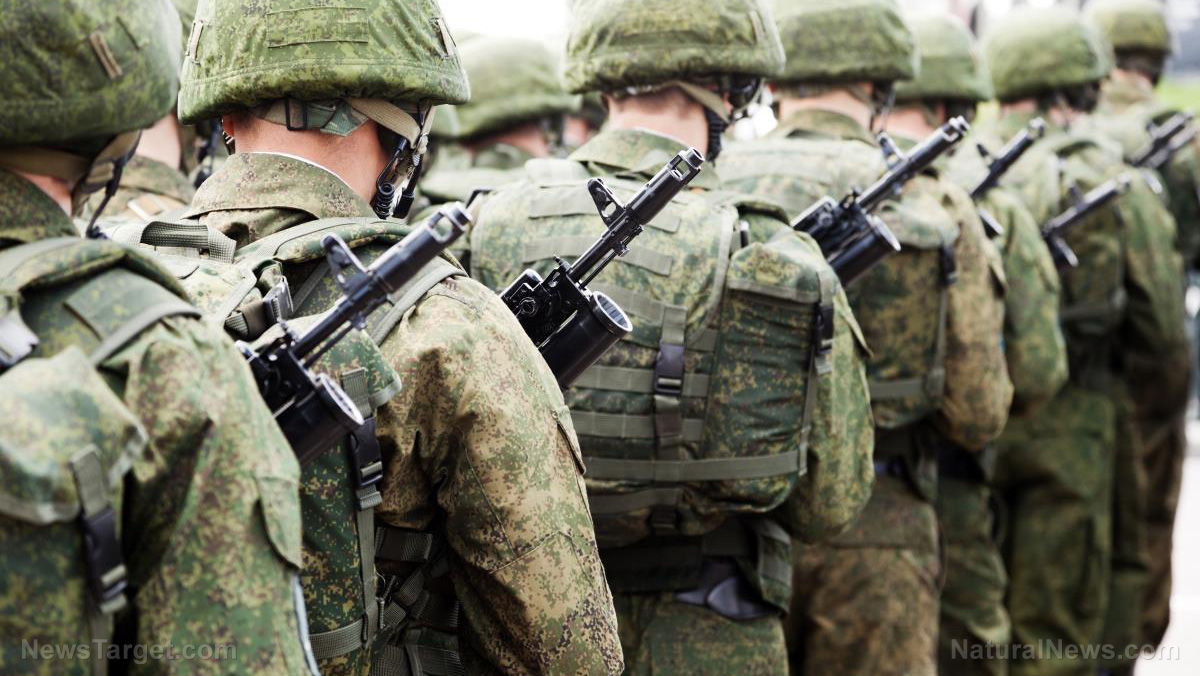- NDAA Overview: The House passed the $895 billion 2025 National Defense Authorization Act (NDAA), focusing on Pentagon policy and funding, with provisions for military pay raises and defense programs but also contentious «woke» initiatives.
- Military Readiness and Recruitment: The NDAA includes a significant pay raise (14.5% for junior enlisted and 4.5% for others) to address recruitment and retention challenges, highlighting the need to prioritize readiness over social issues.
- Fiscal Concerns: The $895 billion price tag raises concerns about run-away defense spending, with total national security spending potentially reaching $1.77 trillion in 2025, emphasizing the need for fiscal discipline.
The House of Representatives recently passed the $895 billion 2025 National Defense Authorization Act (NDAA), a sprawling piece of legislation that outlines Pentagon policy and funding for the coming year. While the bill includes critical provisions such as a significant pay raise for military personnel and investments in key defense programs, it has been overshadowed by contentious debates over so-called «woke» initiatives that have no place in our nation’s defense strategy.
At its core, the NDAA is intended to ensure the United States maintains a strong and capable military to defend our nation and deter adversaries. However, recent years have seen the Department of Defense (DOD) increasingly entangled in social engineering projects that detract from its primary mission. This year’s bill, while far from perfect, takes important steps to refocus the military on readiness and combat effectiveness.
One of the most controversial provisions in the NDAA is the ban on funding gender-affirming medical treatments for children under 18. This measure, opposed by many Democrats, rightly prioritizes the military’s mission over ideological agendas. Supporters of the provision argue that such treatments are a distraction from the military’s primary goal of preparing for and winning wars. Critics, including House Armed Services Ranking Member Adam Smith, have labeled the measure «bigoted,» but this is a mischaracterization. The military is not a social experiment; it is a fighting force. Resources should be allocated to training, equipment, and readiness, not to medical procedures that have no bearing on national security.
Similarly, the NDAA includes provisions to rein in the Pentagon’s diversity, equity, and inclusion (DEI) initiatives. While proponents argue that these programs promote fairness and inclusivity, they often serve as a smokescreen for divisive ideologies like critical race theory (CRT). The bill prohibits the endorsement of CRT in military training and institutes a hiring freeze on DEI-related positions, a move that conservatives applaud as a return to military professionalism.
Rep. Russell Fry (R-S.C.) echoed these sentiments in an interview, stating that the Biden-Harris administration’s focus on social justice initiatives has undermined military readiness. «Our military needs to be ready to face the challenges domestically and abroad,» Fry said. «You don’t do that by playing social justice warrior with our military.» He criticized Democrats who opposed the bill, accusing them of prioritizing «critical race theory and transgender issues» over the military’s ability to protect the nation.
Forced funding of the woke agenda compromises global standing, with a sky-high price tag
The NDAA also includes a substantial pay raise for military personnel, with junior enlisted troops receiving a 14.5% increase and other personnel seeing a 4.5% raise. These measures are essential to address recruitment and retention challenges exacerbated by the administration’s focus on social issues at the expense of military readiness. As Fry noted, the military has struggled to meet recruitment targets in recent years, a trend that cannot continue if the United States is to maintain its global leadership.
Despite these positive steps, the NDAA is not without its flaws. The bill’s 895 billion price tag is staggering, and while it includes funding for critical programs like submarines and destroyers, it also reflects the broader trend of runaway defense spending. According to defense analyst Winslow Wheeler, total national security spending for 2025 could reach $1.77 trillion when accounting for other agencies and factors. This underscores the need for fiscal discipline in defense budgeting, even as we prioritize military strength.
The NDAA now heads to the Senate, where it is expected to pass despite some Democratic opposition. While the bill represents a step in the right direction by curbing some of the Pentagon’s more egregious social initiatives, it is far from a perfect solution. The military’s primary mission is to defend the United States, not to serve as a laboratory for progressive social policies. Policymakers must remain vigilant in ensuring that future defense spending reflects this priority.
In an era of growing global instability, the United States cannot afford to waste resources on ideological crusades. The NDAA’s passage is a reminder that defense spending should focus on readiness, capability, and the safety of our nation—not on the latest woke fad.
Sources include:
